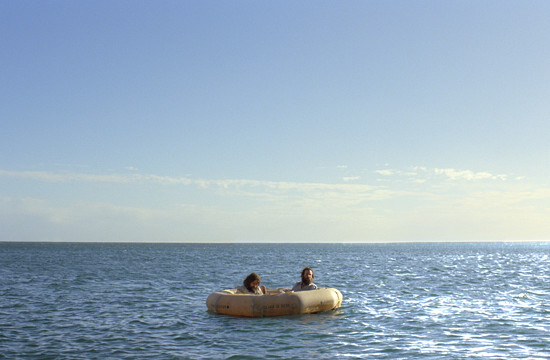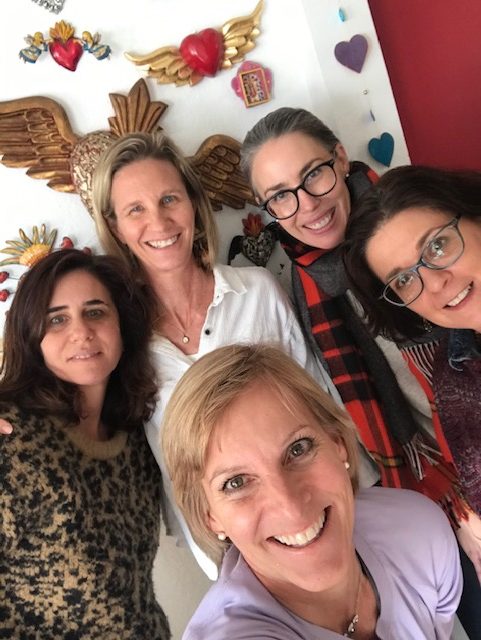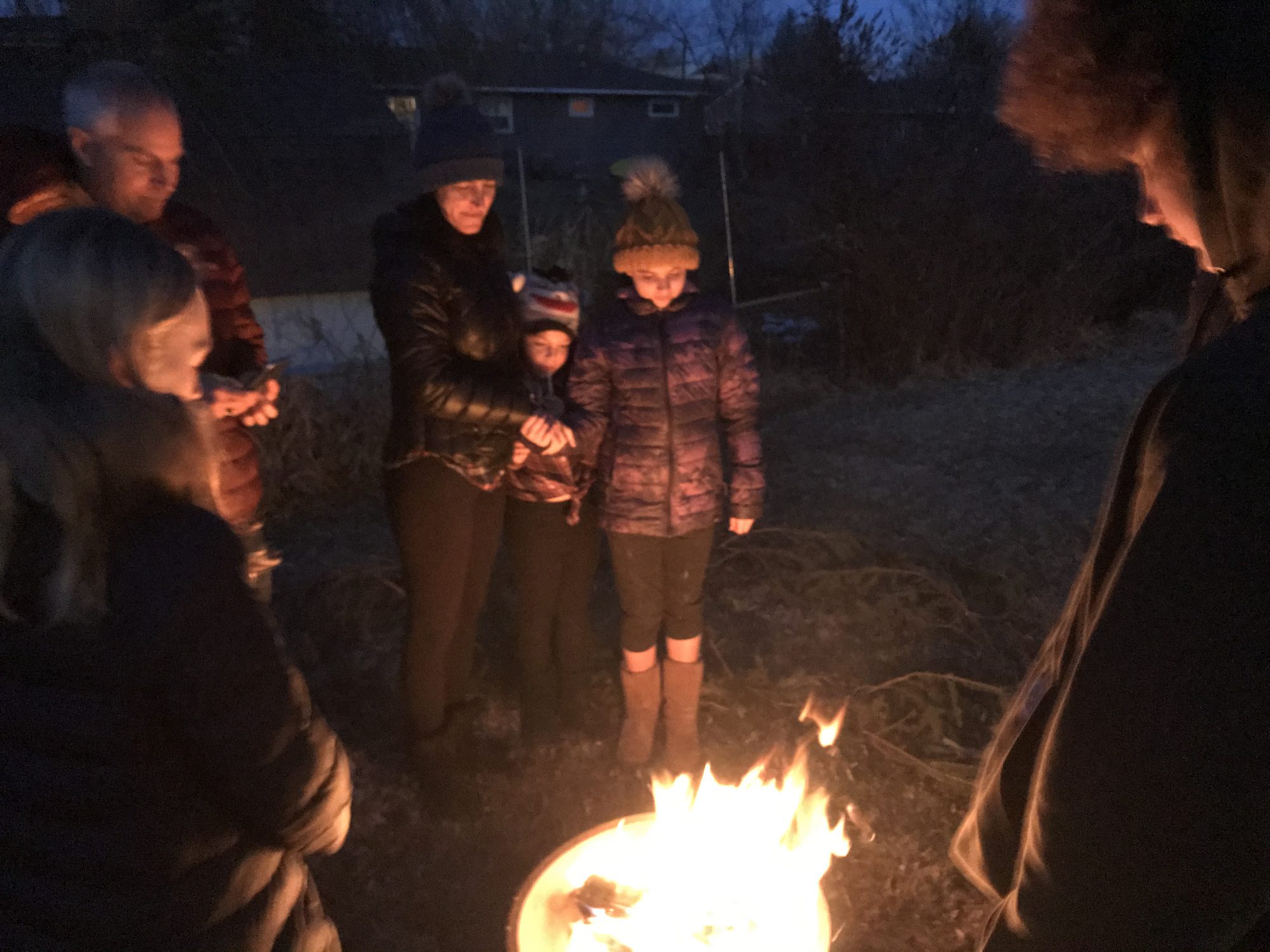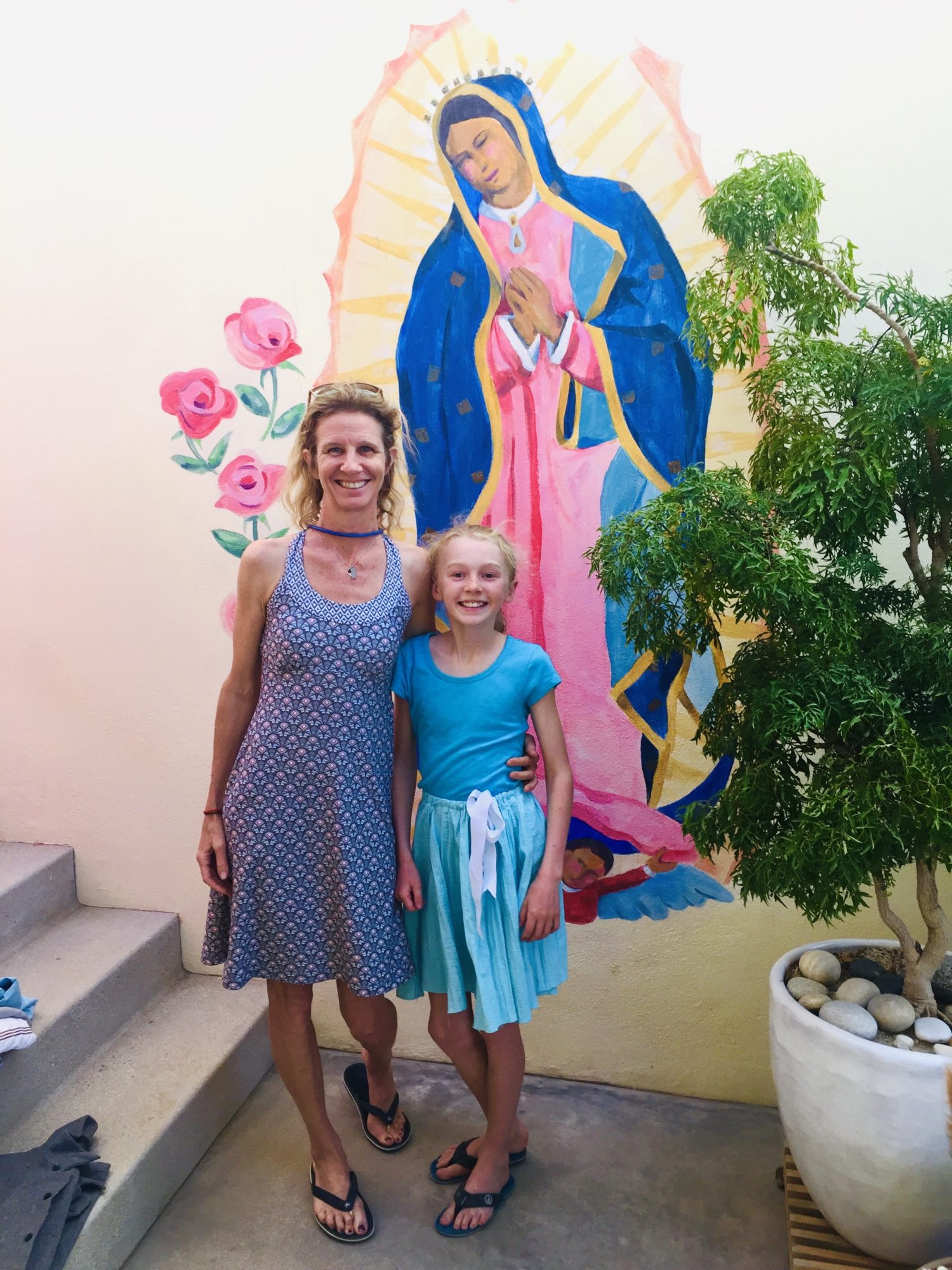Dear Susie,
What if I don’t want to go back to my old reality? I used to run around so fast I had bugs in my teeth. It feels good to slow down. To have breakfast with my kids. To spend more time on relationships and deep work. To spend less time in airports and reacting to coworkers. I feel guilty saying this when so many don’t even have jobs. But I like the quiet. I don’t miss the noise, the commute, or all the travel. I have time now to exercise because I am not sitting in traffic. As tough as it has been working from home, homeschooling, AND trying to stay healthy, I am scared of going back to the pace of life before we had to shelter-in-place. Plus, I haven’t cleaned out my closets yet. I’m not ready!
What can I do?
Signed,
Woman formerly known as “Bugs-in-my-Teeth”
***
Dear Woman formerly known as “Bugs-in-my-Teeth,”
Whenever the shelter-in-place is relaxed, you don’t have to rush back to your old reality. There is no guard at your door saying you must act exactly as you did before.
That would be a real loss. If we all did that, none of us would integrate the lessons we’ve learned about what’s important. About what matters. About the value of reflection. Or about how creative we are. Or about how strong we can be when we emphasize solidarity, health, and wellness.
This is a time to create a new reality. You are right. We are privileged if we still have jobs. But that doesn’t mean we can’t be grateful and innovative at the same time. This is an opportunity to transform the way we live and work together.
Some questions I have:
- What is the pace just under “bugs-in-your-teeth” fast? Can you aim for that?
- Can you lead your family and colleagues in conversations about integrating what you have learned from this time?
- Can you claim space for deep work and rest?
Here are three ways that may help you to imagine creating a new reality instead of having to go back to the status quo.
3 ways to create a new reality: (Start now. Don’t wait for your governor to give new orders!)
- Protect space and time
Get in your calendar and block off time for exercise, deep work and also for what restores you. Take control of your time and don’t let others schedule meetings for you in those times.
- Advocate for integrating lessons learned
Use existing forums or create one where people can anonymously share learnings from sheltering in place. Let people freely express new ideas about how to work smarter, not harder. Do people want to telecommute more, have shorter meetings, limit travel, and make space for research and innovation?
- Say NO respectfully. Be the voice for deep work and focus
If you had to drop some obligations lately, don’t rush to revive them. We want to say yes to everything, but it has a cost. Be the voice that respectfully says “No” to projects that impact your wellbeing or hurt your relationships. Be brave and challenge the old reality’s tendency to add, add, add to everyone’s plates in favor of a new reality that encourages deep work, reflection, efficiency, and effectiveness.
I also imagine that you feel more connected to some of your coworkers now than before because you are checking in on each other’s safety and health more often. We are seeing one another as human beings now in our messy living spaces, with our toddlers and pets interrupting video calls. It’s a reminder of how little we knew about one another before this crisis, and how much we tried to hide. But no need anymore! Work can bring out our best selves, if we felt free to show up real.
One of the simplest and most important things you can do as a leader is to show up whole and human, and encourage others to do the same. It may feel small, but it’s a radical act. You can do the following 1-minute activity on video calls, beginning now. Ask, “On a scale of 1-10, 1 being terrible, 10 being amazing, how are you doing right now?” Have everyone throw fingers at the same time so you can get a sense of who is a 3 and who is an 8. Encourage everyone to check in later with those who may need a listening ear or a helping hand.
Every day, devote space to what matters to you most. Next, be genuinely interested in your colleagues as people. If we all resist returning to an unsustainable pace, we can create a new reality that feels whole and balanced. And you won’t need to clean out your closets because you’ll need less stuff to feel happy!
Love,
Susie
***
photo credit: Tracy Kahn/Corbis












